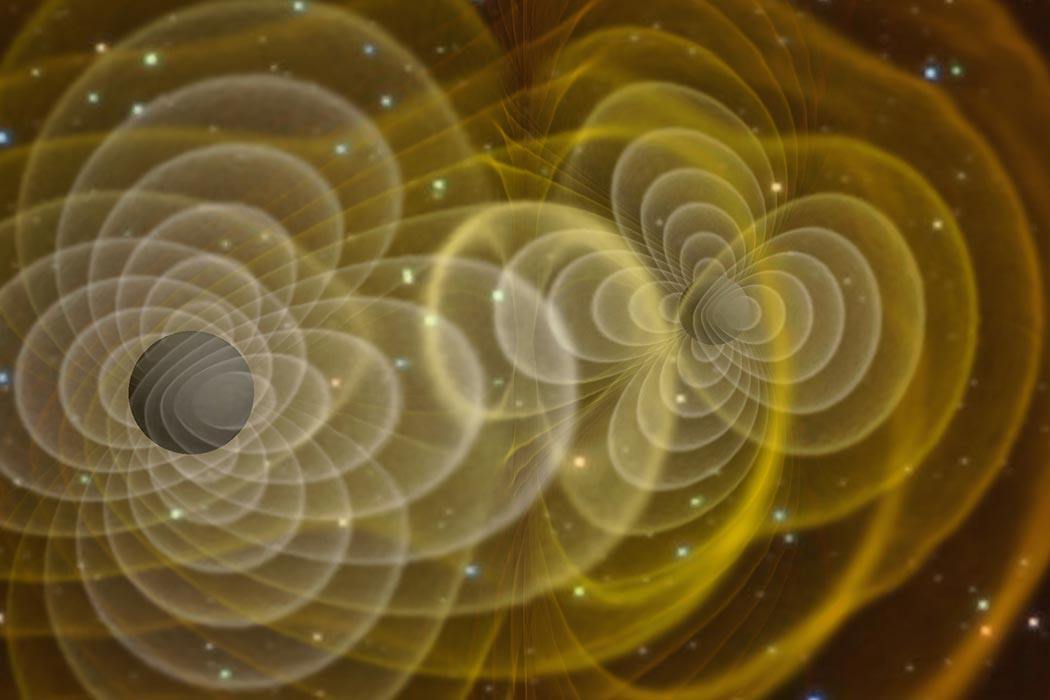In November 1915, Albert Einstein presented his theory of general relativity to the Prussian Academy of Science, positing that gravity is a geometric property of space-time. In other words, space-time is warped by the gravitational effect between masses. His iconic discovery of mass-energy equivalence, e=mc2, had been published ten years earlier as part of a theory of “special relativity.”
Einstein produced a number of papers between the one that presented the theory of “special relativity” in 1905 and his presentation of “general relativity” in 1915, so many of his ideas were in circulation long before his historic lecture at the Prussian Academy of Science. In 1911, for example, Heber D. Curtis expounded at length about the new theory’s importance and its mind bending tenets:
The new theory of relativity…is today accepted by many of the keenest minds among the physicists of the world, some going so far as to call it the greatest advance in physical theory since the days of Newton. For, taken by themselves, some of its conclusions seem no less than revolutionary.
Curtis was especially impressed by how readily relativity was embraced by the most esteemed physicists of the day. He went on to discuss the then-undeveloped applications of relativity to astronomy, focusing in particular on the speed of light as a constant (one of Einstein’s great discoveries). Many of today’s bedrock astronomical techniques flow from this insight into the nature of light.
Weekly Digest
Unsurprisingly, thousands of studies and secondary sources are available on the JSTOR library and elsewhere testing Einstein’s own hypotheses and general relativity’s predictive power. For example, Einstein presumed the existence of gravitational waves, a form of radiation associated with gravity. Though gravitational waves were initially considered unobservable, various efforts from the 1960s onward suggested their existence. Joe Weber in 1969, for example, claimed to have observed the waves using a detector he had built. Later, Russell Alan Hulse and Joseph Hooton Taylor Jr. discovered a pulsar (a radiating neutron star) whose orbit agreed with an understanding of gravitation offered by Einstein (for this discovery, both Hulse and Taylor shared the Nobel Prize in 1993).
One hundred years later, not a single tenet of general relativity has been proven wrong. Moreover, a new generation of physicists is combining general relativity with quantum mechanics and string theory. Once unthinkable ideas—such as parallel universes—may soon be observable as well.







